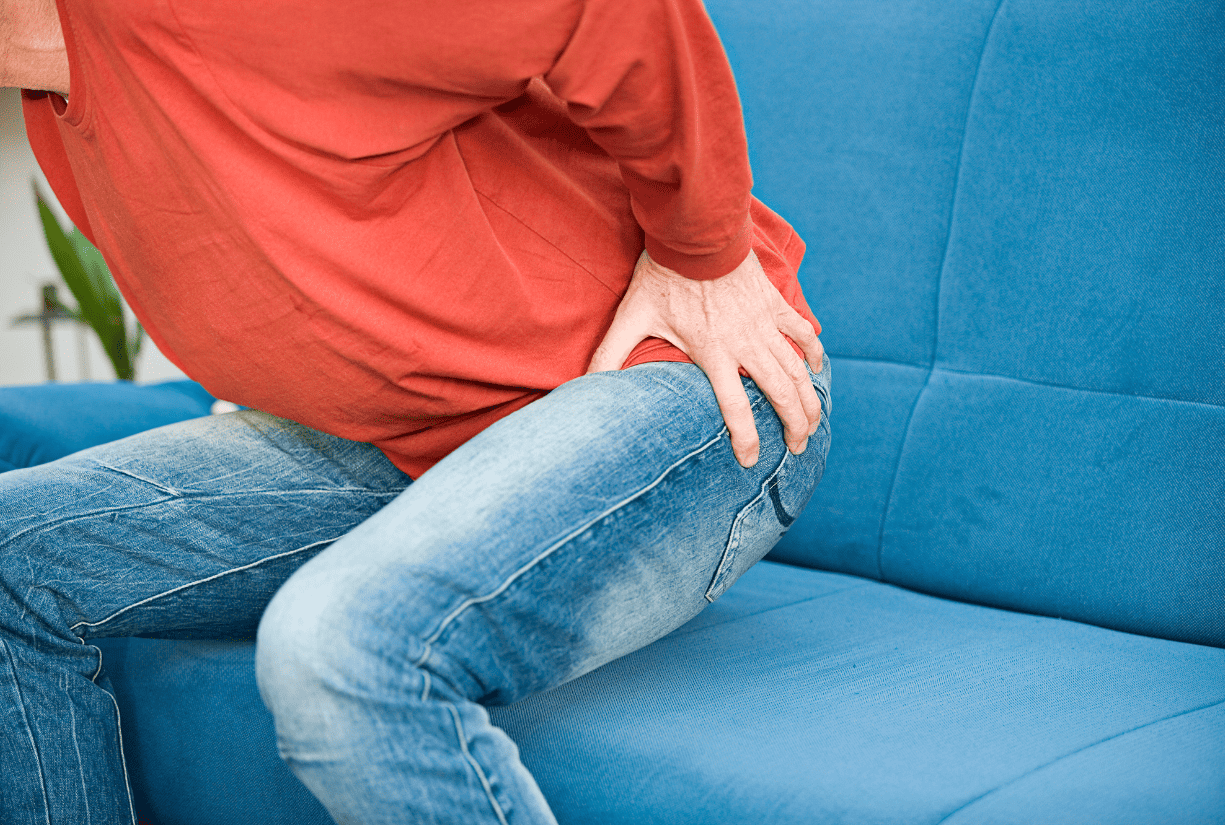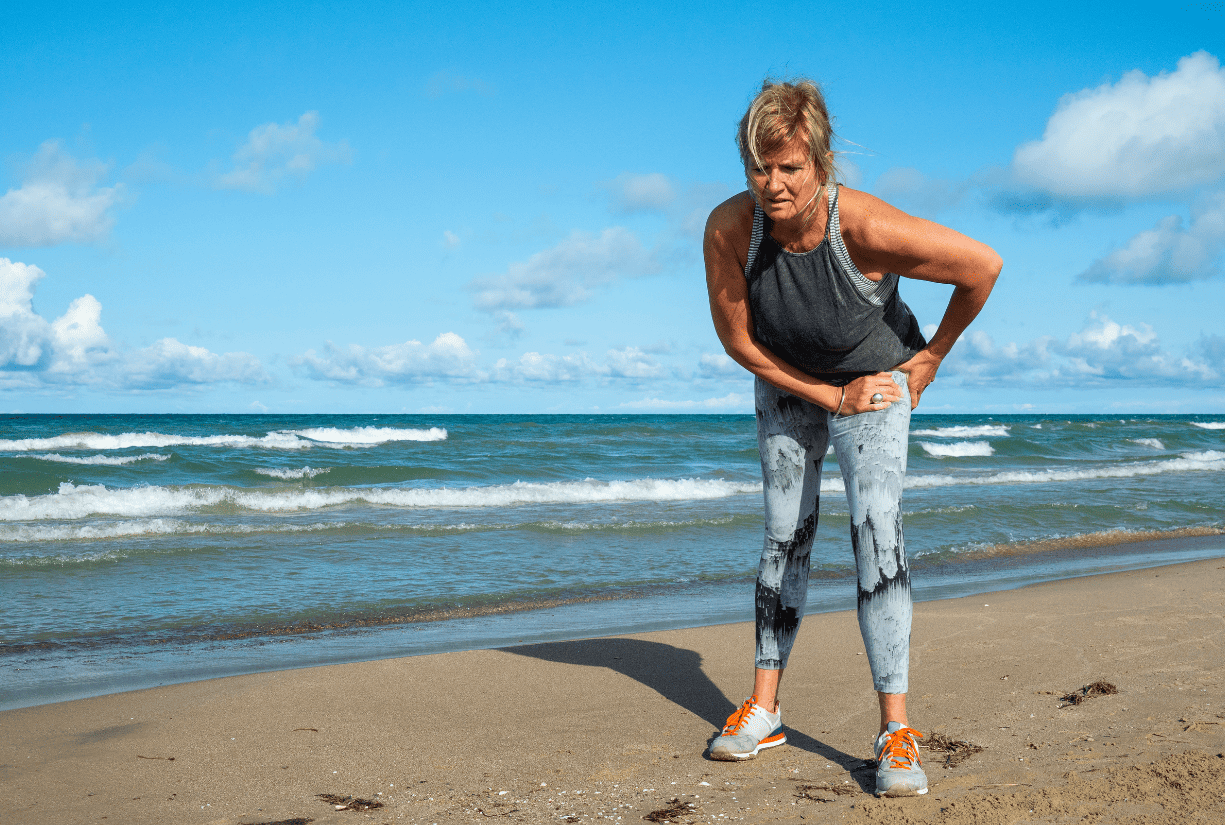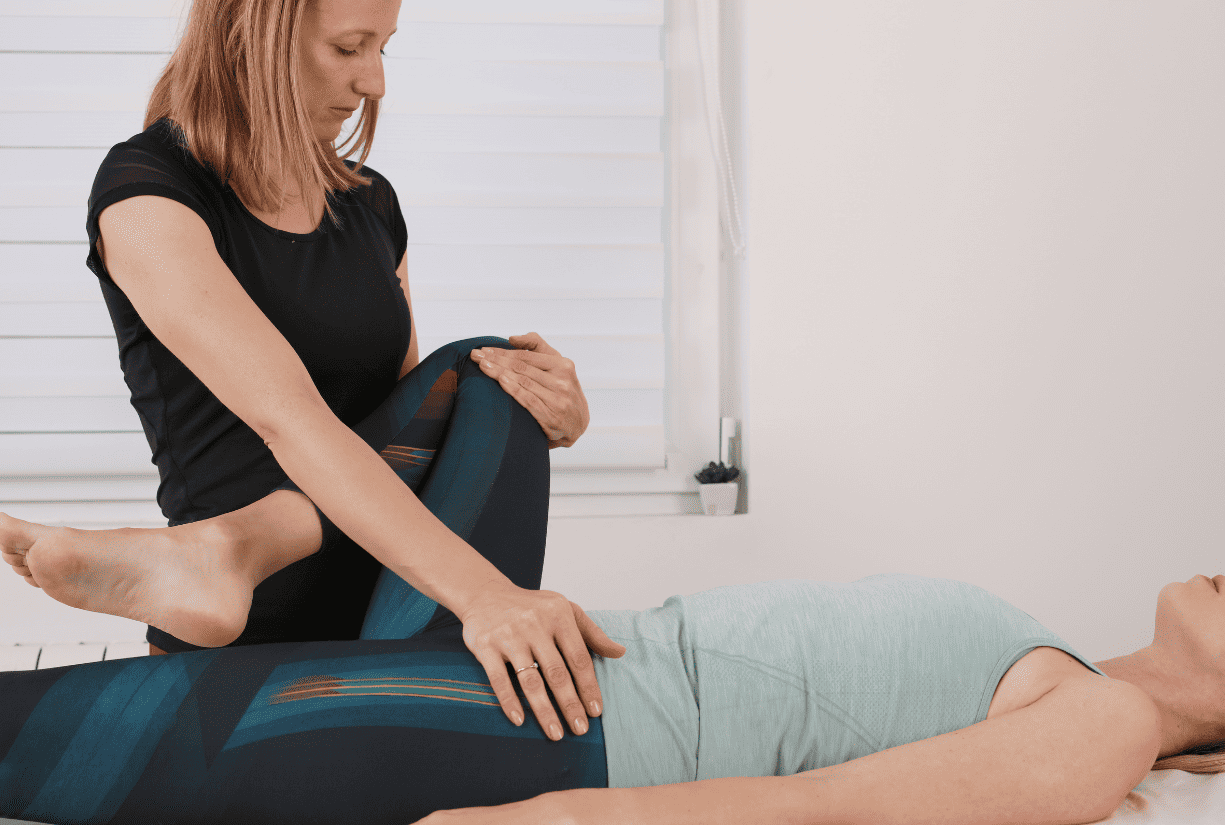Hip & Pelvis
Hip & Pelvis
Hip and pelvis pain can be a frustrating and debilitating condition that affects people of all ages and lifestyles. Whether you’re an athlete, office worker, or retiree, hip and pelvis pain can seriously impact your quality of life. In this article, we’ll explore the causes, symptoms, and treatments for hip and pelvis pain, and provide some tips for preventing future pain.

Over 15 Years of Helping 10,000+ Patients Stay Active

Causes of Hip and Pelvis Pain
There are many possible causes of hip and pelvis pain, including:
- Osteoarthritis: This is a common type of arthritis that occurs when the cartilage in the hip joint wears down over time, causing pain and stiffness.
- Bursitis: Bursitis is a painful condition that occurs when the fluid-filled sacs (bursae) that cushion the hip joint become inflamed.
- Avascular Necrosis (AVN): a disrupted blood supply to the ball portion of the ball-and-socket joint.
- Fractures: Fractures in the hip or pelvis can cause severe pain and may require surgery to repair.
- Sciatica: Sciatica is a condition that occurs when the sciatic nerve, which runs from the lower back down to the legs, becomes compressed or irritated.
Symptoms of Hip and Pelvis Pain
The symptoms of hip and pelvis pain can vary depending on the underlying cause, but may include:
- Pain in the hip joint or pelvis that is often described as a dull ache or sharp pain.
- Stiffness in the hip joint, especially in the morning or after sitting for a long period of time.
- Difficulty walking or standing for long periods of time.
- Swelling or tenderness around the hip joint or pelvis.


Treatment for Hip and Pelvis Pain
Treatment for hip and pelvis pain will depend on the underlying cause, but may include:
- Physical therapy: Physical therapy can help to strengthen the muscles around the hip joint and pelvis, which can reduce pain and improve mobility.
- Medications: Over-the-counter pain relievers such as acetaminophen or nonsteroidal anti-inflammatory drugs (NSAIDs) can help to reduce pain and inflammation.
- Injections: Corticosteroid injections can be used to reduce inflammation and pain in the hip joint.
- Surgery: In severe cases, surgery may be necessary to repair fractures or replace the hip joint.
Preventing Hip and Pelvis Pain
There are several steps you can take to prevent hip and pelvis pain, including:
- Maintaining a healthy weight: Excess weight can put added stress on the hip joint and pelvis, leading to pain and discomfort.
- Stretching before exercise: Stretching before exercise can help to warm up the muscles around the hip joint and pelvis, reducing the risk of injury.
- Using proper posture: Proper posture can help to reduce stress on the hip joint and pelvis.
- Wearing supportive shoes: Wearing shoes with good arch support and cushioning can help to reduce stress on the hip joint and pelvis.

Happy Patients
